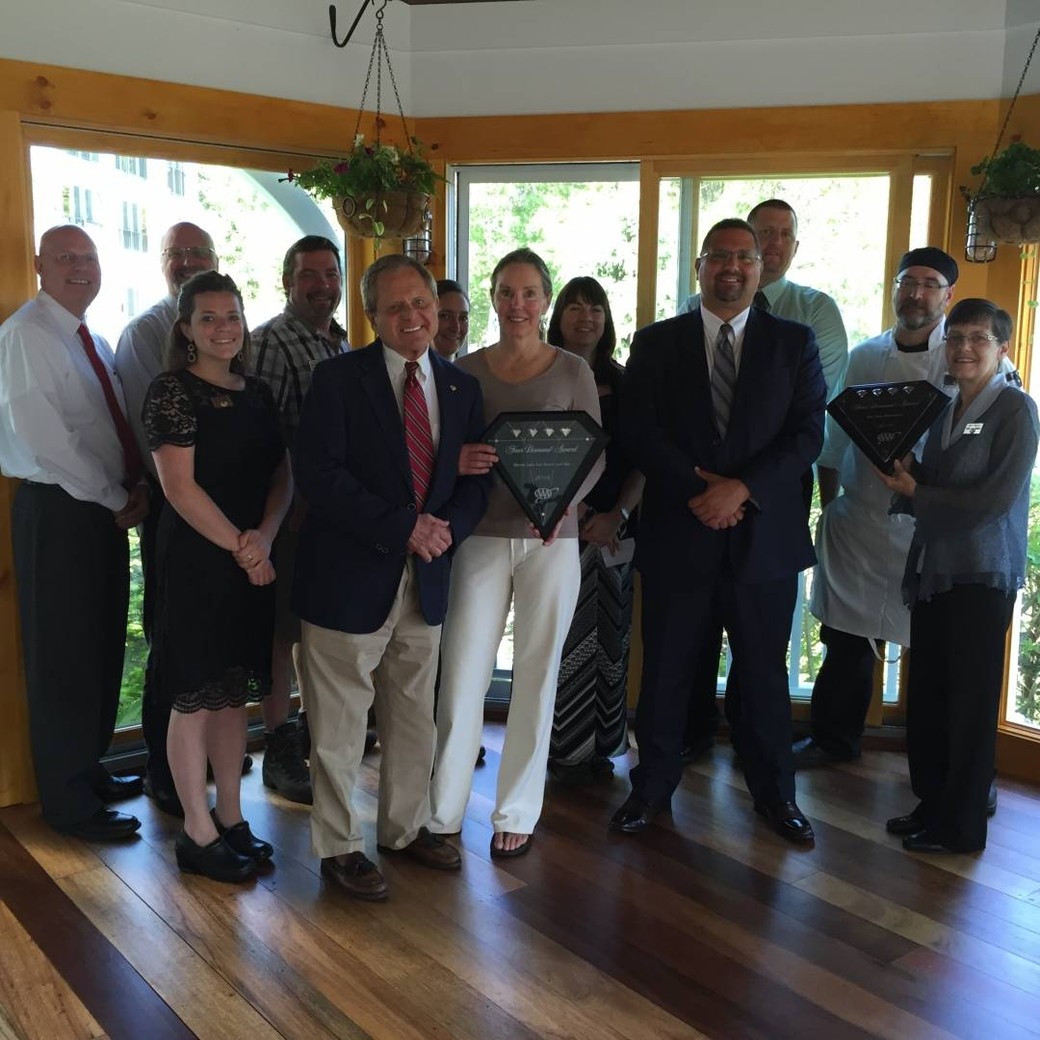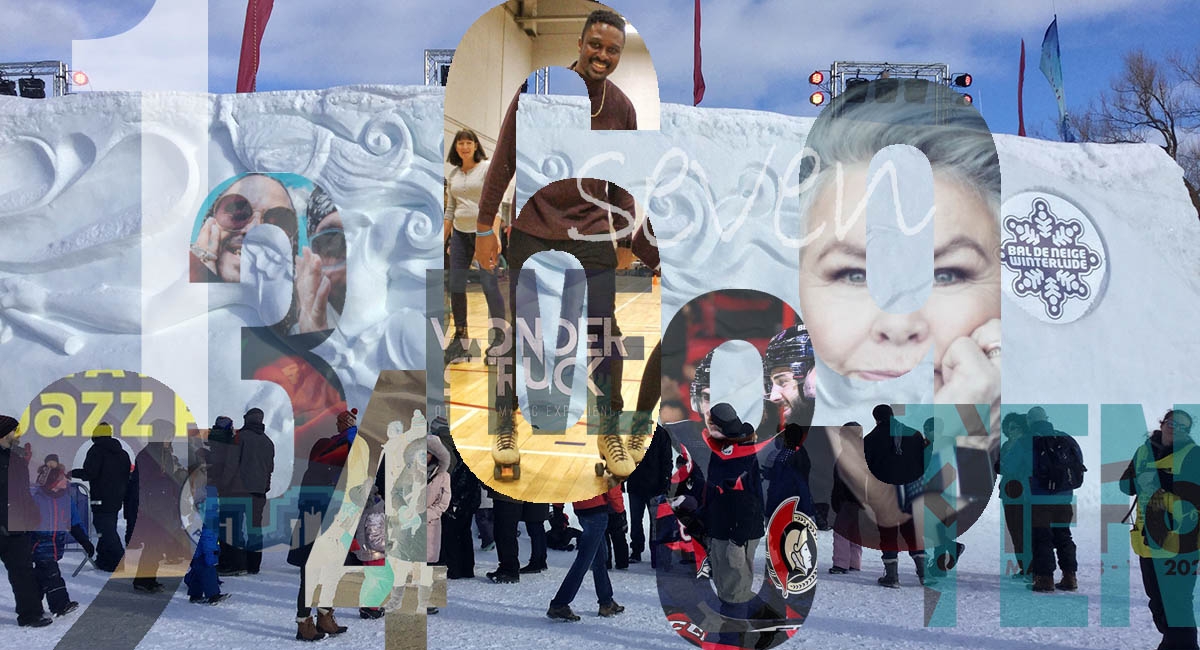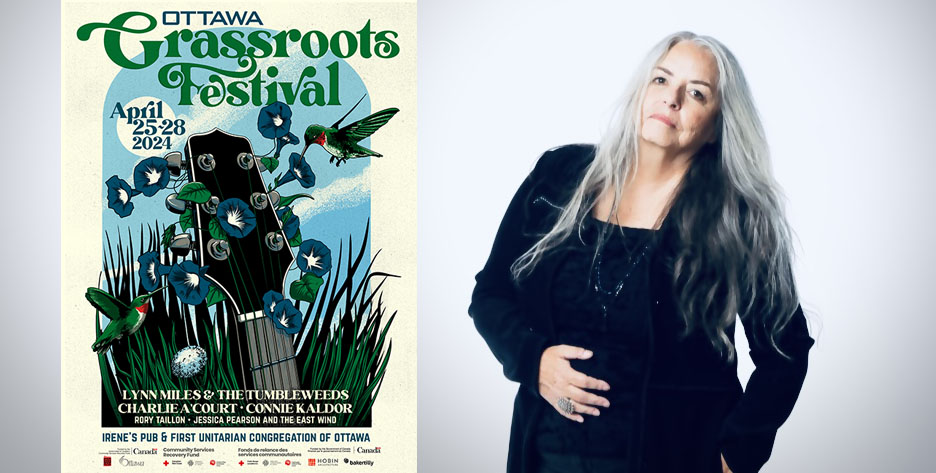
Family Ties
A review of Sugar in the Blood: A Family’s Story of Slavery and Empire by Andrea Stuart
Family trees are all the rage. Part of their appeal is surely the element of surprise. The deeper one digs, the more likely a discovery that the tree’s roots twist and shoot in unanticipated directions. When tracing one’s lineage, in other words, expect the unexpected. For as long as people have migrated from place to place there have been both forced and forbidden unions and the equally taboo offspring such unions often produced. In the golden age of discovery, for example, Europeans didn’t simply colonize and subjugate much of the world. They sexualized their subjects, too. Thus female slaves may have been considered heathens but Europeans still often found them irresistibly attractive. Slaves had little defence in the face of a white master’s predatory advances. Children were often the predictable – if unwanted – outcome. The world, from this perspective, has been a melting pot for far longer than America’s embrace of that term.
The three themes of family history, migration and slavery are at the heart of Andrea Stuart’s marvellous family memoir, Sugar in the Blood: A Family’s Story of Slavery and Empire. Stuart’s ancestry is indeed conducive to a compelling story. Although Stuart is black, her earliest known ancestor is George Ashby, a white Englishman who migrated from England to Barbados as a teenage blacksmith in the 1630s. His arrival initiated a long line of Ashbys in the former British colony. Like so many white English settlers, the Ashbys were slave owners who slowly accumulated wealth and property. By the standards of white Islanders, they were reasonably well to do. The Ashby family’s trajectory then changed in 1794 when Robert Ashby married into a wealthy family and subsequently fathered a child with one of his female slaves.
Stuart’s challenge in telling her ancestors’ stories is not unlike the challenge of telling an individual slave’s story. Slaves were so violently subjugated, their freedom so ruthlessly quashed and their time so thoroughly stolen, that writing was effectively impossible. There is thus a paucity of slave narratives from which to draw. Similarly, George Ashby did not leave first-hand accounts of his experience on the ship that took him from England to Barbados, no account of his life on an island so thoroughly different than the island from which he came. Much of what Stuart says about him is thus speculative or conjecture: based on the prevailing conditions and sentiments, this is what he likely would have experienced, what he likely would have thought.
Fortunately Sugar in the Blood is as much a history of slavery in Barbados as it is a family memoir. It is on this level that the book works best. Stuart lays bare slavery’s economic underpinnings. Those leaving England for Barbados were not simply in search of a ‘better life.’ Most were rough and, as time would soon tell, ruthless in their determination to tame the land and in their pursuit of money. Their road to riches was eventually paved with sugar cane. But the cost of producing the sweet stuff was prohibitive, the work involved brutally tedious and harsh. Islanders had indentured servants but not nearly enough to satisfy the needs of the island’s burgeoning sugar cane industry. Slaves solved the industry’s two most pressing needs: a cheap and steady supply of people to do the work whites were not prepared to do. Thus as sugar cane’s importance grew exponentially, so too did the market for slaves. There was a symbiotic connection between the two.
Any book worth reading on slavery must focus on the combination of inhumanity and violence at the heart of this most horrible of institutions. For Stuart the challenge of doing so was heightened by her white ancestors’ complicity in sustaining it. Nevertheless, she does not abstain from describing the unimaginably harrowing migrations – the Middle Passage – slaves were forced to endure. They were enslaved in Africa and then sold at slave markets, usually located somewhere near shore lines. Once sold, they were forced onto ships destined for, among other places, Barbados, Jamaica and North America. Slaves would be relegated to the ship’s dungeon, where they were typically chain bound to one another. Those who did not survive the fearsome, tortuous journey across the Atlantic were left lying next to their living companions. Rapes were routine. Nor was it uncommon for the physically weak or the disobedient to be thrown overboard, regarded as nothing more than dispensable cargo. Others sometimes chose this fate themselves: better to die at sea than to live condemned as a slave. Whites often didn’t even have It in them to allow their black captives to make this one achingly difficult choice. Rather in many cases those who jumped overboard would be caught, forced back on to the ship and, in front of others, whipped or subject to other forms of torture, indignities.
After the perilous journey across the Atlantic, slaves could then expect to spend the rest of their days confined to a plantation. As Stuart skillfully makes clear, the vast majority of their waking hours were spent engaged in cane cutting, a task that is at once arduous, monotonous and often horribly debilitating. Obedience was sustained through tortuous violence: whippings and worse were common to life on the plantation.
What is perhaps most striking about Barbadian society in the 17th and 18th centuries was the tension between forces of change and the ongoing efforts of white islanders to impose a sense of permanency through slavery. Europe and North America by this time were tumults of revolt. England promised liberty for those slaves who fought on their side in the American Revolution. English abolitionists like Granville Sharpe changed people’s hearts and minds by exposing the inhumanity and barbarity of slavery. The French Revolution, with its promise of liberty, equality and fraternity, inspired slave rebellions in Saint Domingue. For those with any sort of vision, such developments would have exposed the grotesque absurdity of an ideology that condemned so much of humanity to a life of violence, captivity and back breaking toil. It’s time would surely pass. Yet for centuries white Barbadians refused to countenance an island without slavery.
It was in a sense the sordid privileges of white planters that served to slowly undermine the illusion of a permanently fixed social order and racial hierarchy. This is where Stuart’s family tree profoundly intersects with the region’s broader history. White males – particularly those at the heads of households – routinely had sexual relations with women slaves. Children were born. Their arrival into the world fuelled questions, the answers to which would slowly but inexorably erode the sort of thinking that rationalized slavery. What was a white man to make of his own black children? Did he regard them as inherently inferior? Were they to remain slaves? The answers, of course, varied. Many white men thought no differently about their black offspring. Such children would have suffered the same bleak fate as other black children. Other whites, such as Robert Cooper Ashby, could not ignore all sense of responsibility. His black son–John Stephens–was granted privileges, if not freedoms. The first decades of John’s life were thus lived in servitude, but he was allowed to develop skills as a tradesman and was not forced to engage in the same sort of ceaseless drudgery as his fellow slaves. Eventually he was allowed to charge for his services off the plantation – a small but vital step that allowed him to live in a still precarious space located somewhere between slavery and freedom. One likes to imagine that as John Stephen’s world opened, he knew the brutal world of slavery was drawing to a close.









